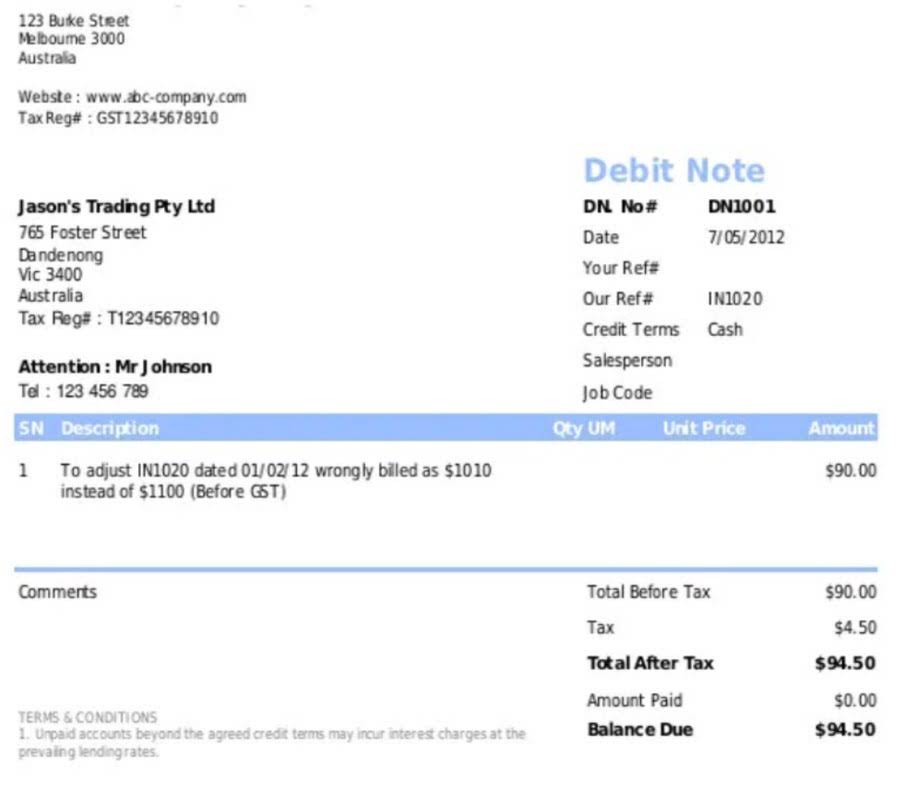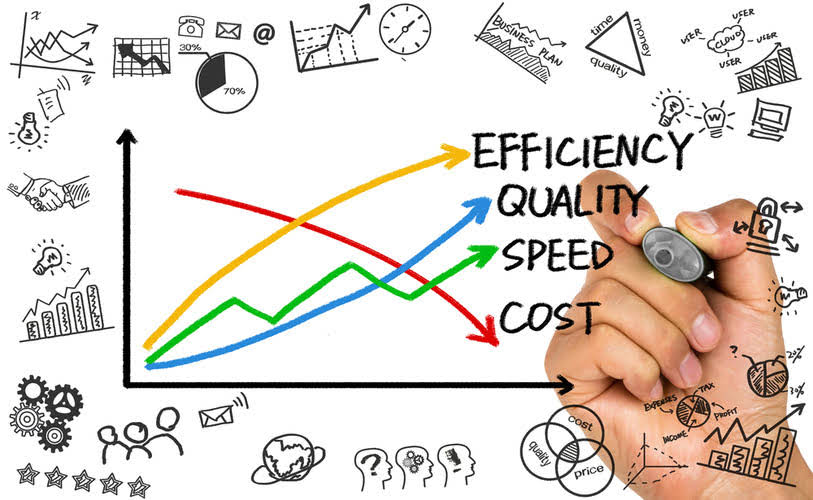
Implementing first-in, first-out successfully demands accurate layer capture, disciplined warehouse practices, and clean exports to Intuit QuickBooks inventory management or retained earnings balance sheet Xero inventory management. Specialized software or a reliable FIFO method calculator can automate heavy lifting, but every team must weigh the trade-offs against weighted average inventory method solutions. Explore Finale alongside external FIFO utilities to craft a tech stack that supports scalable growth and audit-ready books.
FIFO Method:

Many companies prefer it due to its close alignment with physical inventory flow. Retail businesses, manufacturers, and companies dealing with perishable goods find it particularly valuable. This method maintains clear financial records while simplifying the inventory tracking process. For example, in a period of rising prices, using FIFO can result in a lower cost of goods sold, therefore higher profitability compared to other methods like LIFO (Last-in-First-Out).

FIFO vs. LIFO Video
- LIFO is a different valuation method that is only legally used by U.S.-based businesses.
- Beware of data integrity and version-control challenges that frequently arise with manual solutions, potentially affecting inventory valuation methods accuracy.
- FIFO (First-In, First-Out) is one of the most widely used inventory valuation methods in accounting.
- While this might not match physical inventory movement, it offers specific accounting advantages.
- Successful implementation requires meticulous tracking of inventory layers by purchase date and cost, which underpins accurate calculation of key metrics such as inventory turnover ratio.
For accurate profit analytics alongside your invoices, pair your invoicing tool with an inventory module that tracks FIFO layers and feeds your accounting system. While FIFO refers to first in, first out, LIFO stands for last in, first out. This method is FIFO flipped around, assuming that the last inventory purchased is the first to be sold. LIFO is a different valuation method that is only legally used by U.S.-based fifo accounting example businesses. Higher inflation rates will increase the difference between the FIFO and LIFO methods since prices will change more rapidly.

What is an example of FIFO in real life?
- Essentially, during inflation, LIFO gives a more current reflection of costs on the income statement, while FIFO gives a more current value for inventory on the balance sheet.
- Explore top KPIs like fill rate, lead time, and perfect order rate to boost supply chain efficiency using tools like WMS and OMS.
- This example highlights how LIFO results in higher costs and lower reported profits, particularly during periods rising prices, making it a common choice for businesses looking to reduce taxable income.
- For multichannel sellers managing complex inventory across warehouses and 3PLs, choosing between costing methods affects everything from tax reporting to pricing decisions.
- It means that whenever the inventory is reported as sold (either after conversion to finished goods or as it is), its cost will equal the cost of the latest inventory added to the stock.
Keep in mind the pros and cons of FIFO and LIFO depend on a business’s specific situation, industry, and economic conditions. Companies using LIFO must disclose the “LIFO reserve” (the difference between LIFO and FIFO inventory values), which allows analysts to adjust financials for better comparison with FIFO-using firms. Accountingo.org aims to provide the best accounting and finance education for students, professionals, teachers, and business owners. Inventory is valued at cost unless it is likely to be sold for a lower amount. The first guitar was purchased in January for $40.The second guitar was bought in February for $50.The third guitar was acquired in March for $60.

Not permitted under IFRS
If your inventory costs don’t really change, choosing a method of inventory valuation won’t seem important. After all, if the first piece of inventory you bought was the same value as the last piece of inventory, there will be no difference in the calculation of your Cost of Goods Sold or ending inventory. The average cost inventory valuation method uses an average cost for every inventory item when calculating COGS and ending inventory value. Inventory costs are reported either on the balance sheet or are transferred to the income statement as an expense to match against sales revenue. When inventories are used up in production or are sold, their cost is transferred from the balance sheet to the income statement as the cost of goods sold.
Consider Real Inventory Flow
You must use the same method for reporting your inventory https://soldiersacademy.com.ua/bookkeeping/freelance-invoice-template-for-download/ across all of your financial statements and your tax return. If you want to change your inventory accounting practices, you must fill out and submit IRS Form 3115. As you can see, the FIFO method of inventory valuation results in slightly lower COGS, higher ending inventory value, and higher profits. This makes the FIFO method ideal for brands looking to represent growth in their financials. The average cost method, on the other hand, is best for brands that don’t see the cost of materials or goods increasing over time, as it is more straightforward to calculate.
